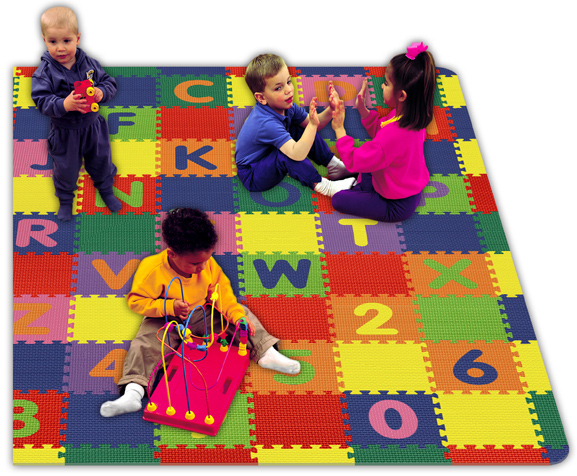Resource
-
Low tech assistive technology examples and resources.
Project CONNECT, Frank Porter Graham Child Development Center
Specialized Interventions for Preschool Children with Disabilities
 Specialized interventions can facilitate the successful participation of children with disabilities in early childhood community settings with their peers when developmentally appropriate practice, universal design and universal design for learning principles do not provide enough support for a child’s learning. Adaptations (referred to as accommodations and modifications in the IDEA) are the interventions, services and embedded supports that improve a child’s access to learning by modifying an activity, lesson or materials to meet a child’s unique needs.
Specialized interventions can facilitate the successful participation of children with disabilities in early childhood community settings with their peers when developmentally appropriate practice, universal design and universal design for learning principles do not provide enough support for a child’s learning. Adaptations (referred to as accommodations and modifications in the IDEA) are the interventions, services and embedded supports that improve a child’s access to learning by modifying an activity, lesson or materials to meet a child’s unique needs.
Adaptations vary, depending on a child’s unique learning needs, from simple to complex.
“Low tech” adaptation: using shelf liner or a rubber mat to keep crayons from rolling off an art table or stabilize eating utensils.
“High tech” adaptation: using an augmentative communication device to answer a question or make a choice.
Luke uses his voice output device to make choices during a family trip to the grocery store (Project CONNECT , Frank Porter Graham Child Development Center).
Remember this...
“When students have control of their environment, they can make choices and engineer their own behavior accordingly.”
National Center to Improve Practice in Special Education through Technology, Media and Materials
Embedded interventions, adaptations and focused social supports enable children to participate in everyday routines/activities and demonstrate what they are learning, as independently as possible. They also reduce hands-on assistance from adults, allowing them to focus their attention and energy on helping children achieve their Extended IFSP outcomes and IEP goals. Nolet & McLaughlin, 2000

